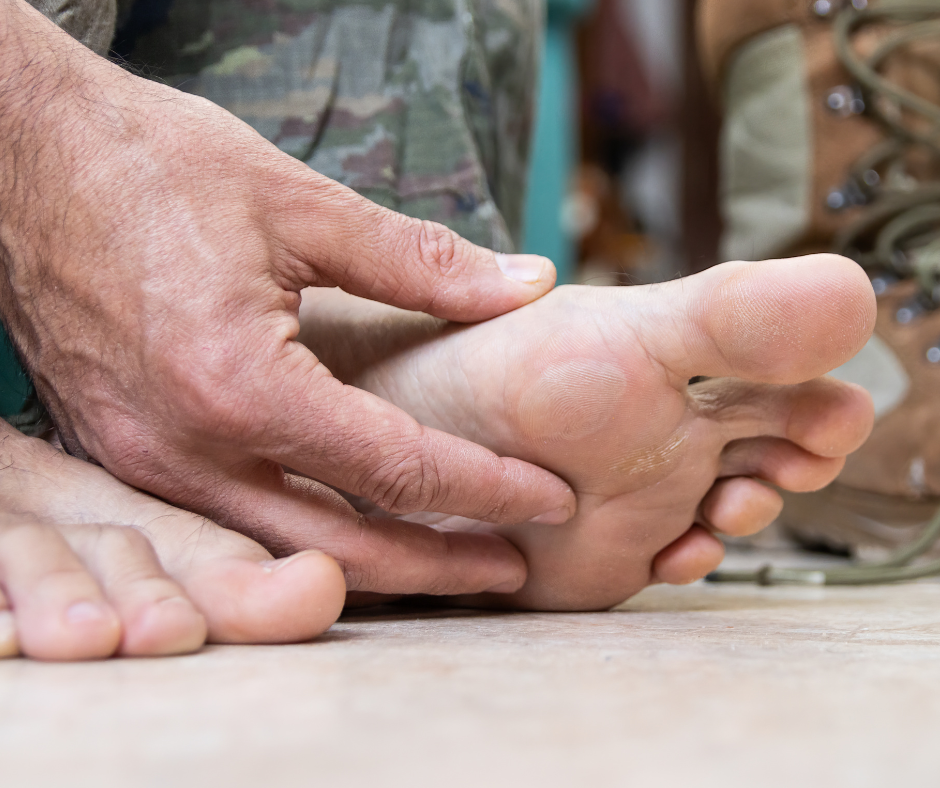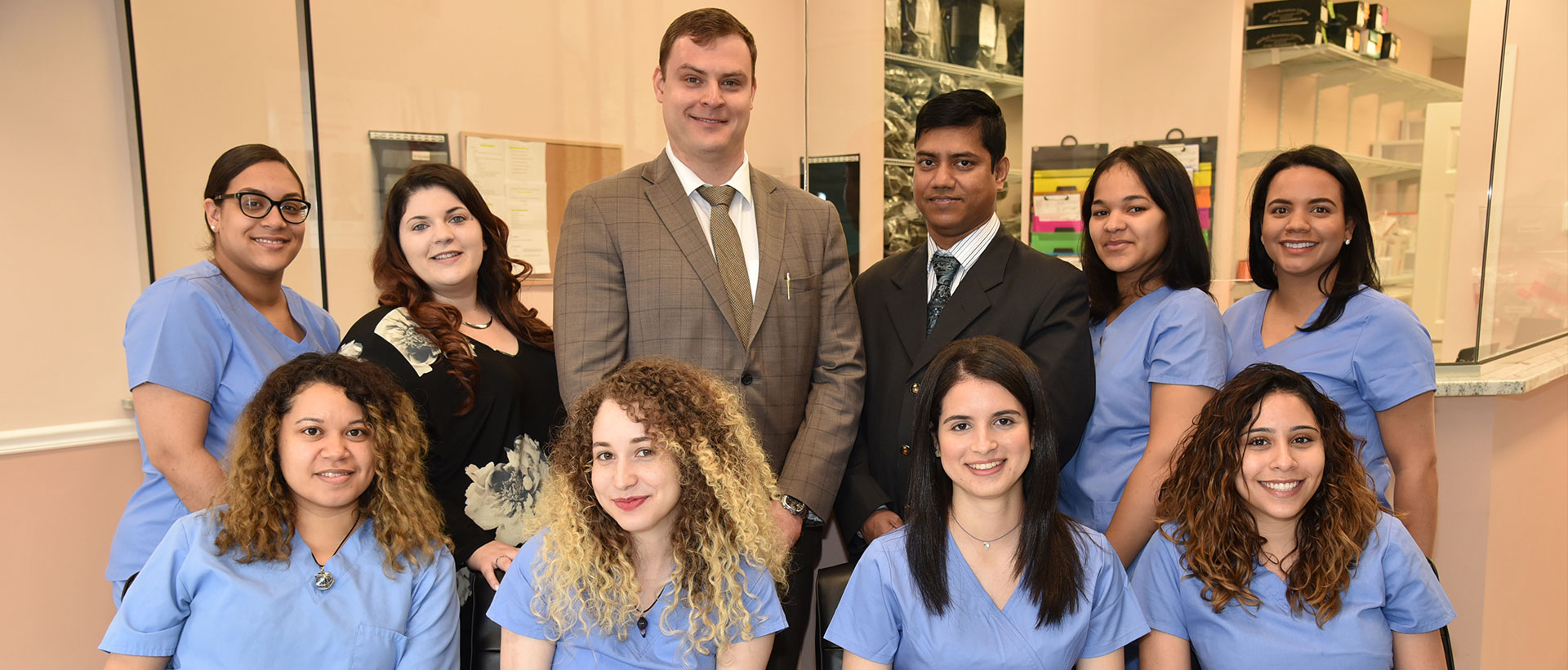
As the seasons change, many of us transition from summer sandals to cozy fall boots or from lightweight running shoes to more robust athletic footwear. While this switch can be refreshing, it often comes with an unwelcome guest: blisters. Below, Podiatry Center of New Jersey helps you better understand why blisters occur during this transition and provides prevention tips to help you enjoy the new season comfortably.
Understanding Blisters
Blisters are small, fluid-filled bubbles that form on the skin due to friction, pressure, or irritation.
- Inappropriate Fit: One of the most common causes of blisters is poor shoe fit. When transitioning to a new pair of shoes, especially those with different shapes or sizes, your feet might not fit perfectly. Shoes that are too tight or too loose can cause excessive rubbing, leading to blisters.
- New Materials and Construction: Seasonal shoes often use different materials and construction methods. For example, summer sandals may be made from soft, flexible materials, while fall boots might feature stiffer leather or synthetic fabrics. These changes can alter how your shoes interact with your feet, causing friction in new areas.
- Increased Moisture and Sweat: As temperatures drop, you might switch from breathable summer shoes to warmer, less ventilated fall footwear. Increased moisture and sweat can soften the skin on your feet, making it more susceptible to friction and blisters.
- Sudden Changes in Activity: Switching shoes often coincides with a change in activity level or type. For instance, you might go from casual walking in sandals to more intense exercise in running shoes. This increased activity can exacerbate friction and lead to blisters.
Preventing Blisters:
- Choose the Right Size: Ensure your new shoes fit well and offer adequate support.
- Break In Shoes Gradually: Wear your new shoes for short periods initially to allow your feet to adjust.
- Use Blister Prevention Products: Apply blister prevention tape or gel pads to areas prone to friction.
- Wear Moisture-Wicking Socks: Keep your feet dry to reduce the risk of friction and blisters.
If you’re dealing with pesky blisters and want more guidance, the expert team at Podiatry Center of New Jersey is always here to give you advice and support. Give us a call at (973) 925-4111 or make an appointment online so you can take a step toward finding relief!















